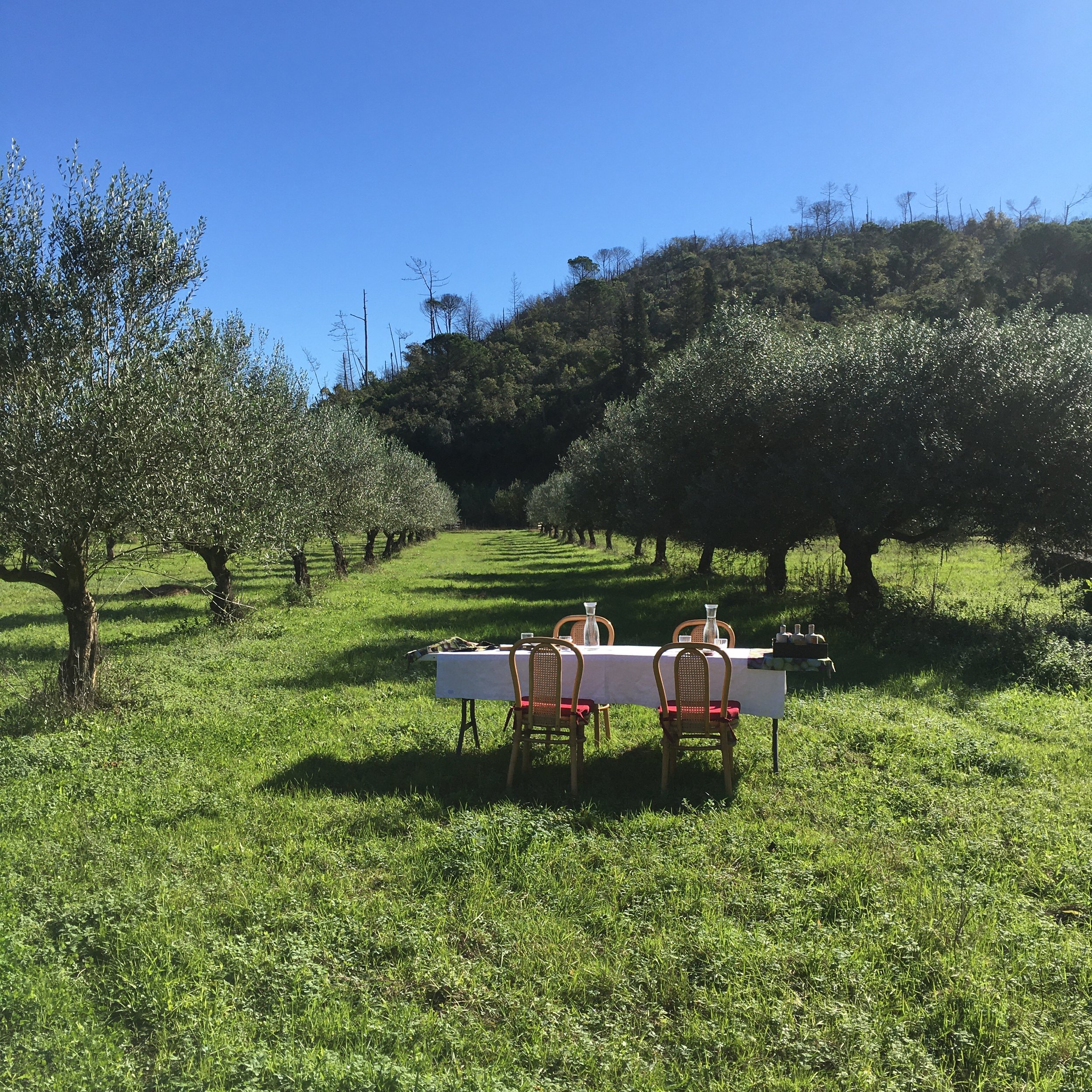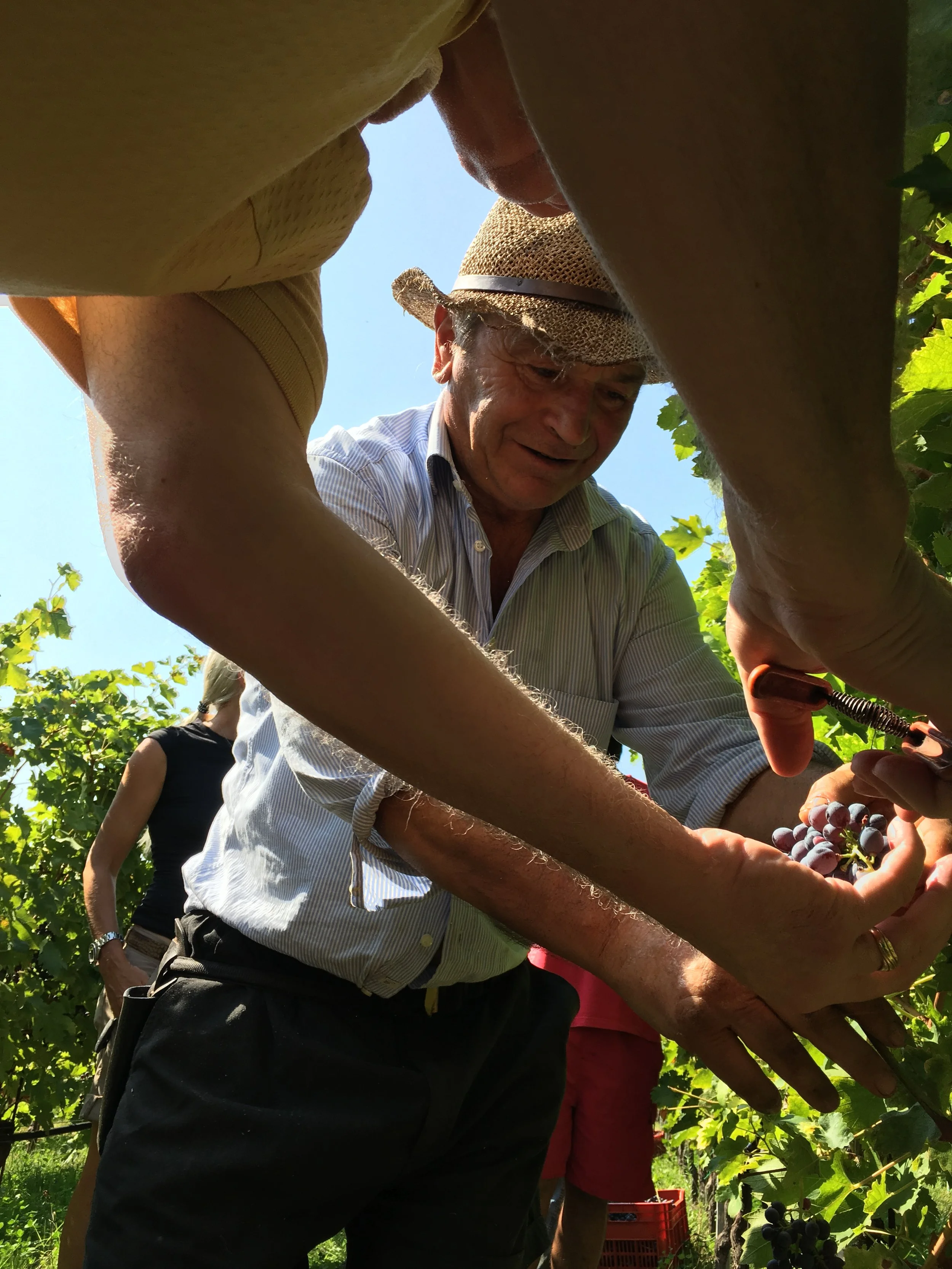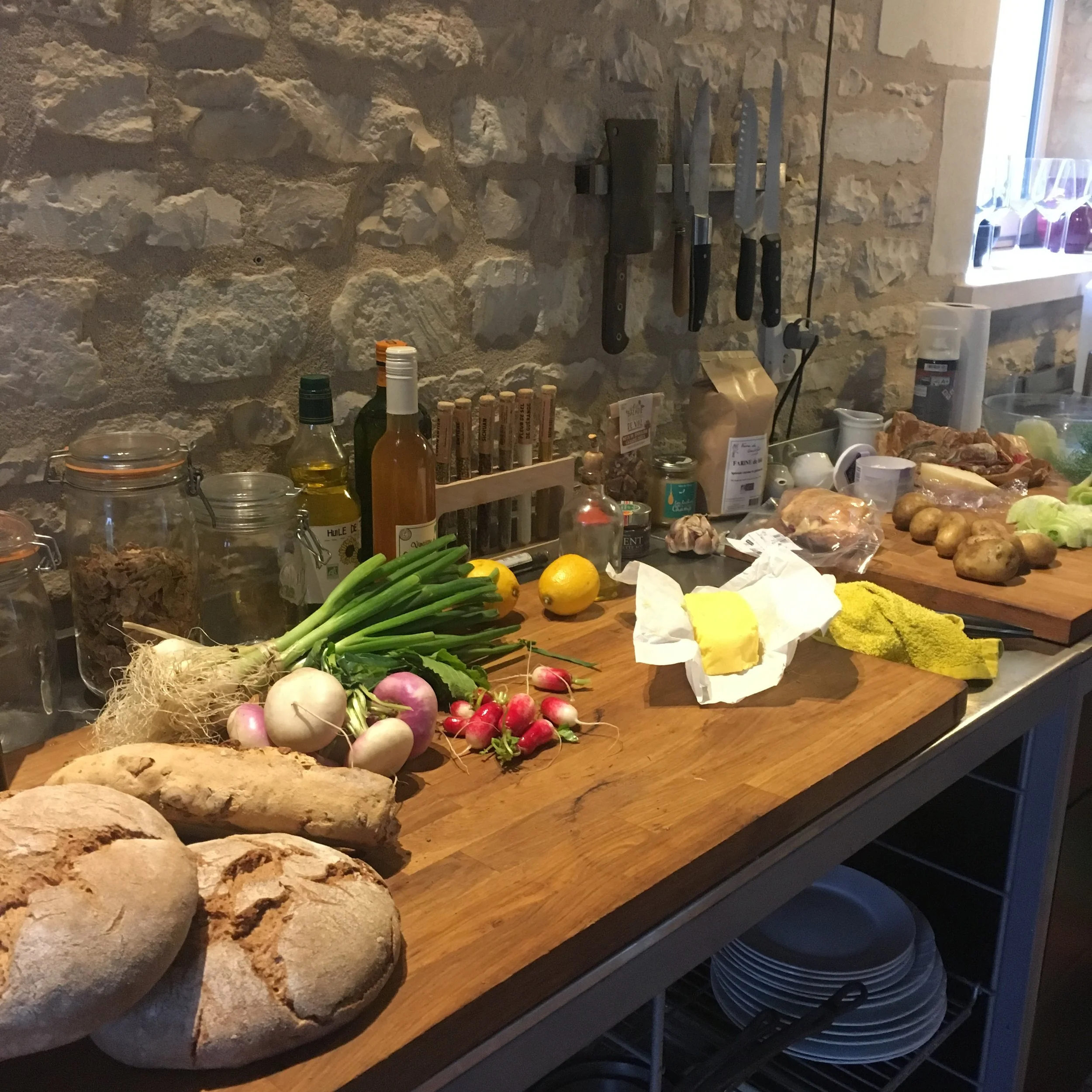
About
Why this way?
As I find myself lately reflecting more and more about my career, it dawned on me that I might like to dust off something I started before the pandemic—hosted travel. But importantly, I wanted to do it dfferently this time— in a smart, sensitive, and unusual way that would make me pleased to say, “I’m happy I’m my own customer.”
I want offer a way of traveling ecologically, sustainably, uniquely, and from time to time, maybe a bit spontaneously.
There are 12 distinct regions of France, including Paris, each with their own, dedicated rail network. That equals almost 3000 different stations, many of which can be found in what is known as La France Profonde–the “deep” and profoundly, um, French parts of France. Together, we’ll visit the kitchens, wineries, and other small businesses that you would surely miss by not straying too far from the big cities.
Why Not?
What does ‘Cur Non’ mean? This is a Latin phrase that translates to ‘Why Not?’ It was the self-styled name of Maurice Edmond Sailland, one of France’s most important gastronomes and travel writers from the late 19th and early 20th century. He went by the pen name Curnonsky, and his narratives eventually gave birth to the modern day Michelin guide.
He even is credited with illustrating bibendum, the roly-poly mascot belonging to the Michelin tire company.
Ever since I’ve read about Curnonsky I’ve felt something of a kinship. I’m guessing there are a lot of you out there just like me that might enjoy tooling around the countryside eating and drinking locally!
the curnonsky approach
Curnonsky promoted a theory of four distinct divisions of French eating: (his words)
Haute Cuisine, that of the Great Chefs which, to be clear, is not available to all pocketbooks...
Bourgeois Cuisine, the triumph of good middle-class people and their cordons bleus, creators of a simple and perfect cuisine…
Impromptu Cuisine, that of campers, or those who go by foot, which uses whatever is available.
Finally, Regional Cuisine, which in France achieves the Holy Alliance of tourism and gastronomy.
By train? ReallY?
In France, trains get us places faster and cheaper than a car, but in a way that’s full of beauty, stress-free, and easy. Train travel demands that we sit back and relax, take a mental breather, and stare out the window without worry.
It’s also easy to read a book, fall into a deep conversation with fellow travelers, or eat a snack with both hands, have a drink, and take a nap without a seatbelt. Plus, we’ll never be stuck in traffic, have a problem finding parking, run out of gas, or need to find a bathroom at an autoroute rest stop.
Plus, whizzing along at 300km/hr is just pretty damn cool.
And if you’re not already sold, trains give off five times less carbon emissions than cars do. And the average length of time from factory to junkyard for a car? Six years (shocking, right?) For a train, that number is 30.
ready to roll?
You want to travel a little differently? You think it might be interesting to shoot the breeze with me for three days or more, learn some stuff about wine, eat some authentic food, go somewhere you didn’t know existed, all courtesy of the train and your own two feet?
You have an open mind? Want to put yourself into someone’s hands and see what goes down? Not afraid to jump off without fear of where you land?
Shoot me a note. Let’s see what happens…







